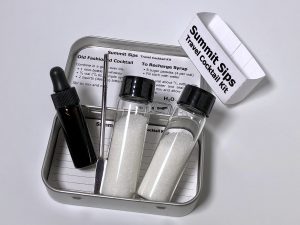
Transform Bottom Shelf Booze into Premium Liquor
Many of our readers come to expect great things at this time of the year from Summit Sips. Year after year we share innovative recipes and unusual techniques, saving at least one special idea to kickoff the spring. This year, it’s all about incredible spirits at bargain prices. We are going to describe an oddly innovative technique to transform cheap vodka into premium liquor for only fifty cents!
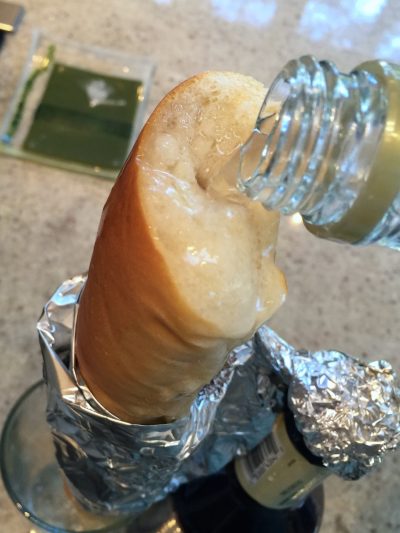 It’s All About Filtration
It’s All About Filtration
High-quality filtration is a technique that is often employed by spirit manufacturers to change an otherwise unremarkable product into something worth marketing. It is possible to improve flavor (and even remove color) by simply running the spirit through a filter. Good products can be made even better, and some of the most popular brands use filtration to set their product apart. For example, Jack Daniel’s Tennessee Whiskey is a filtered product. They choose not to call the result bourbon, but nevertheless produce a quality whiskey product adored by many. While some brands rely on strange gimmicks such as expensive diamond filtration, most people generally agree that using a charcoal or carbon filter can actually remove off-flavors. Think of the Brita or other common filtration devices used for improving the taste of drinking water in the home. Now, apply that concept to inexpensive vodka and the resulting Martini may surprise you.
If you happen to already own a filtration device, congratulations—you are one step closer to better spirits. However, filters can get expensive, and not everyone owns the right equipment. Our solution: the baguette.
It may sound unorthodox, but it is very easy to improvise a “carbon” filter using a piece of bread. Not everyone lives near a French bakery, so we suggest stopping by your local submarine sandwich outlet and grabbing a day-old sandwich roll. You may be able to convince the proprietor to just give you some extra bread at the end of the day for free. We hit up a Jimmy John’s where, for only fifty cents, they will sell day-old bread to anyone while supplies last.
 Once you have your baguette, let it dry out for a day or two if it’s not already somewhat stale. A fresh, soft loaf isn’t going to work. You want a hard exterior for stability. Cut off the ends and stand it vertically over a glass to catch the filtered spirit. It’s not totally necessary, but we find that by wrapping the bread in aluminum foil you can construct an armature, like a make-shift lab stand to suspend your filter over the glass. Now, carefully pour some inexpensive booze into the top of the baguette and catch the premium drippings as they pass through the bread and out the opposite end.
Once you have your baguette, let it dry out for a day or two if it’s not already somewhat stale. A fresh, soft loaf isn’t going to work. You want a hard exterior for stability. Cut off the ends and stand it vertically over a glass to catch the filtered spirit. It’s not totally necessary, but we find that by wrapping the bread in aluminum foil you can construct an armature, like a make-shift lab stand to suspend your filter over the glass. Now, carefully pour some inexpensive booze into the top of the baguette and catch the premium drippings as they pass through the bread and out the opposite end.
Drunk, or Half Drunk
A surprising bit of history is a phrase that is often used to describe a drunk person. Of course, we always advocate quality over quantity at Summit Sips and recommend that our readers drink responsibly. Yet, we have heard people use the term “half in the bag” to describe somebody that has had one too many. For years we wondered about the phrase’s origin. It may surprise you to know that this actually refers to the time-honored tradition of bread-filtration. In its original format, the phrase would have been, “half in the baguette” which obviously meant that they had consumed too much alcohol—referring to half of what comes out of a typical baguette filter apparatus. Or, it might mean half of what goes in. In any case, if someone is half in the baguette, they’ve had enough.
 Hors D’oeuvres Anyone (Over 21)?
Hors D’oeuvres Anyone (Over 21)?
It goes to show you that having fancy gadgets isn’t everything. Unlike a commercial filter, the baguette can be eaten after you are finished. Similar to a rum-soaked drunken cake, the bread can be enjoyed as a dessert or an appetizer. Some booze will remain trapped in the bread, but you can wring it out before spreading the pieces elegantly across a serving tray. Vodka-soaked French bread may not be as good as a rum-infused Italian ciabatta, but to each their own. Besides, when was the last time stale bread was this stimulating?
Take your filtered spirit and pour it back into the original bottle after removing the label. You can fool your guests into appreciating the premium flavor of your cocktails while spending a lot less stocking your cabinet.
From The Shop:
Recommended:
You Might Also Like:
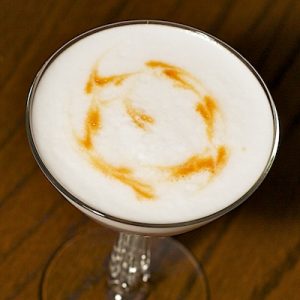
Iron Cross
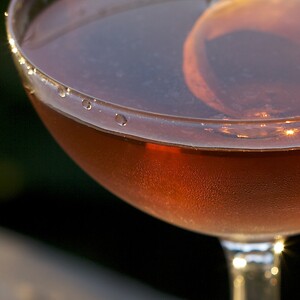
Bobby Burns

Basil Oil Garnish
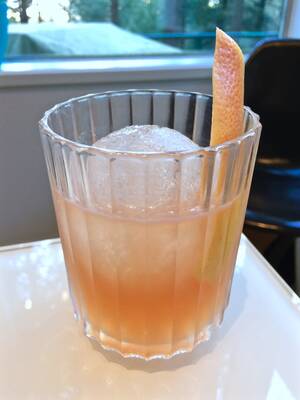
Bicycles & Baskets
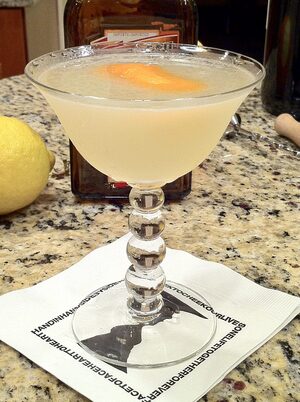
Corpse Reviver #2

Drink with No Name: The Harrington
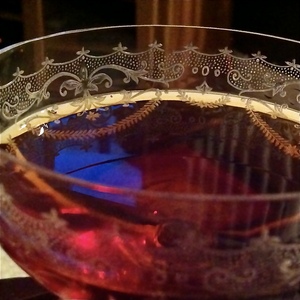
Newark
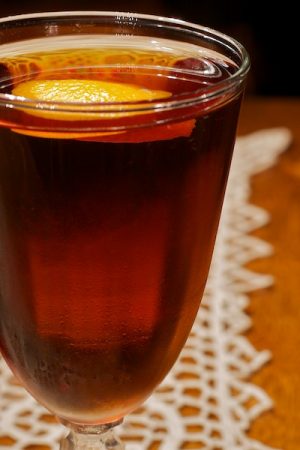
Anodyne
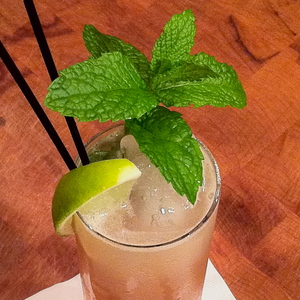
El Diablo
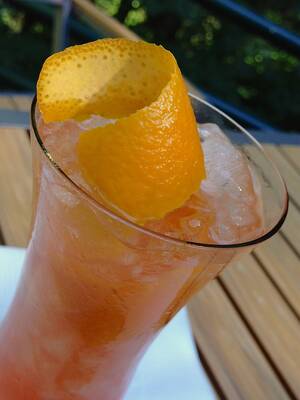
Rhubarb Blush
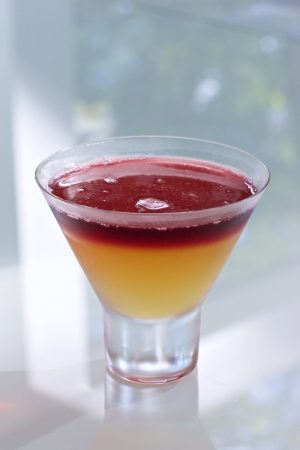
Gangs Of New York
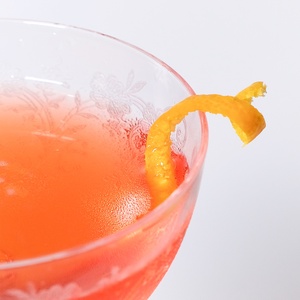
Fogerty
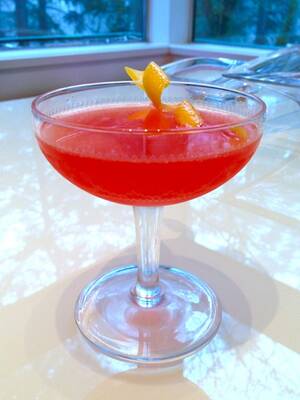
My New Religion
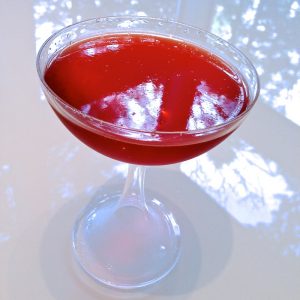
Eeyore’s Requiem
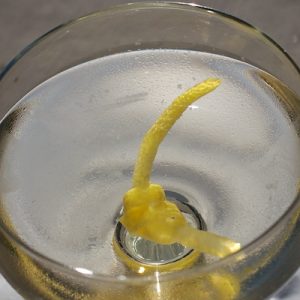
Atty
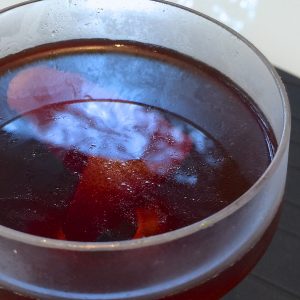
Palmetto

Floridita Cocktail

Grounded For Life

Death in the Gulf Stream

Jalisco Stroll
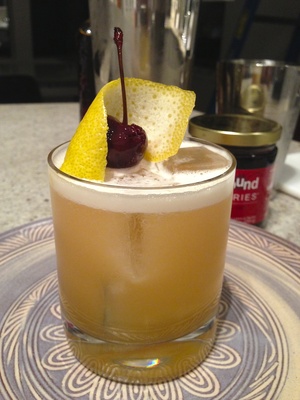
Amaretto Sour

Chestnut Cup
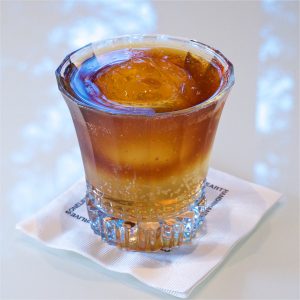
Cold Brew & Tonic

Suffering Bastard

Stinger

Cranston
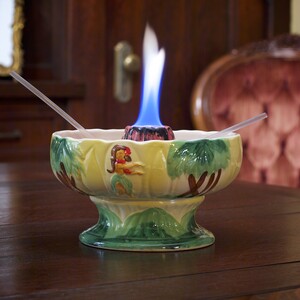
Volcano Bowl
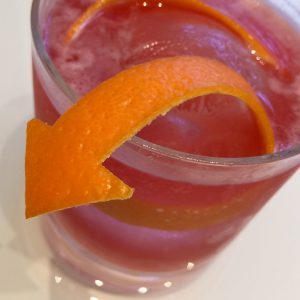
Turn Signal
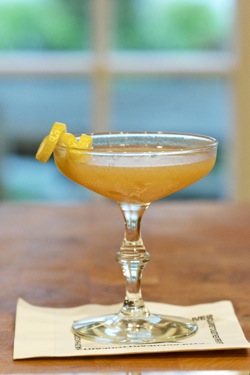
Japanese
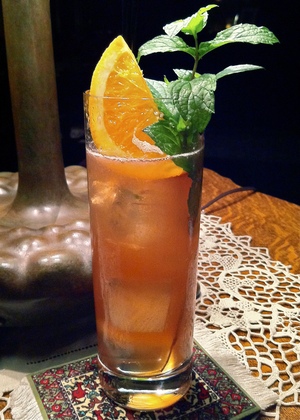
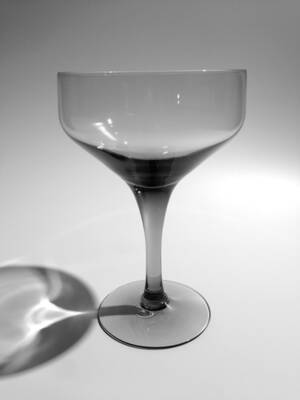


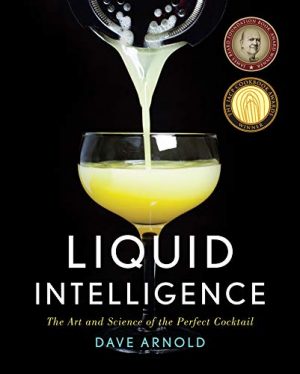

I am a bad person for laughing at this since this whole joke comes from homeless alcoholics filtering antifreeze in bread..
Am I right in thinking this technique would work best with wheat-derived vodkas?
Absolutely, especially if you plan on eating the bread.
Filter out the off tastes from the vodka and then eat the tainted bread? Sounds delicious.
I recalled it as a variation from a friend formerly of the Soviet tank corps years ago when I asked “what constitutes the best vodka?” He answered,(in the heaviest of Russian accents) “is absolutely no taste.” I asked, “then why don’t you just drink pure grain alcohol?” He answered, “If we could have got pure grain alcohol, then we would have drunk pure grain alcohol.”
It’s an interesting observation that what gives different vodkas flavor is actually the “impurities” that result from what goes into fermentation and from the production process itself. By definition, vodka is supposed to be flavorless. That’s more or less true in principle, but in practice, there are subtle differences. Having Russian confirmation of that goal makes a nice story!
….they filtered shoe polish through the bread
Filtration doesn’t have anything to do with whether or not Jack Daniels is not labeled as a Bourbon. They meet all of the standards of a Bourbon, but choose to put Tennessee Whiskey on their bottle due to the Lincoln County Process.
Mike, you are absolutely right. I have adjusted the text. It would seem that despite the fact that maple charcoal mellowing adds a distinct flavor while taking the edge off–an effect one might consider “adding flavor” in direct violation of the legal definition of bourbon–it is apparently an acceptable loophole employed by many bourbon makers to improve the flavor of their product. In Jack Daniel’s case, it is a proud tradition and one they regard as an improvement worthy of classifying separately. Thanks for pointing out the error in my description.